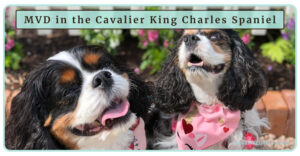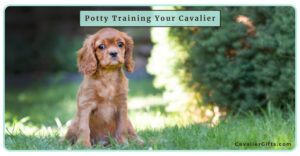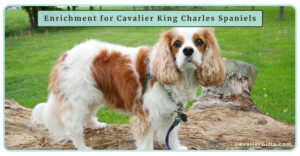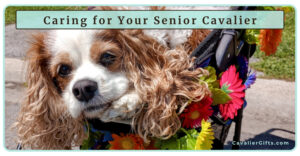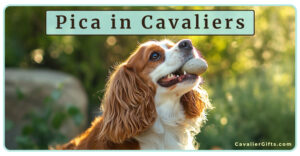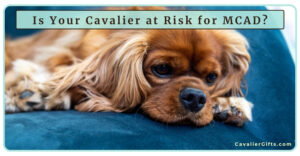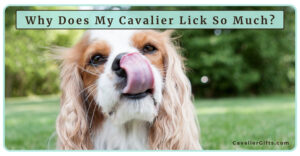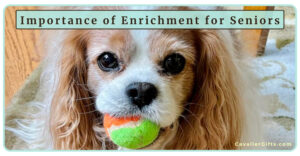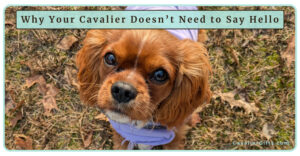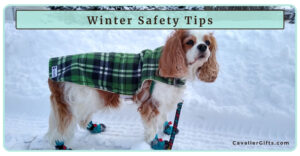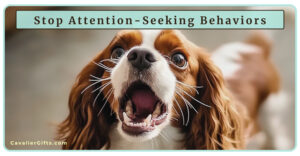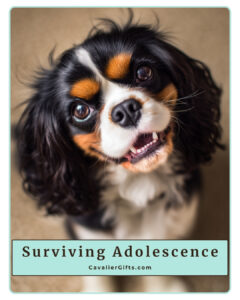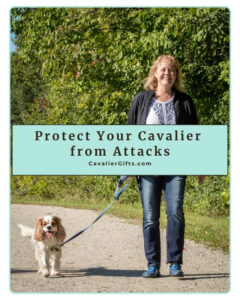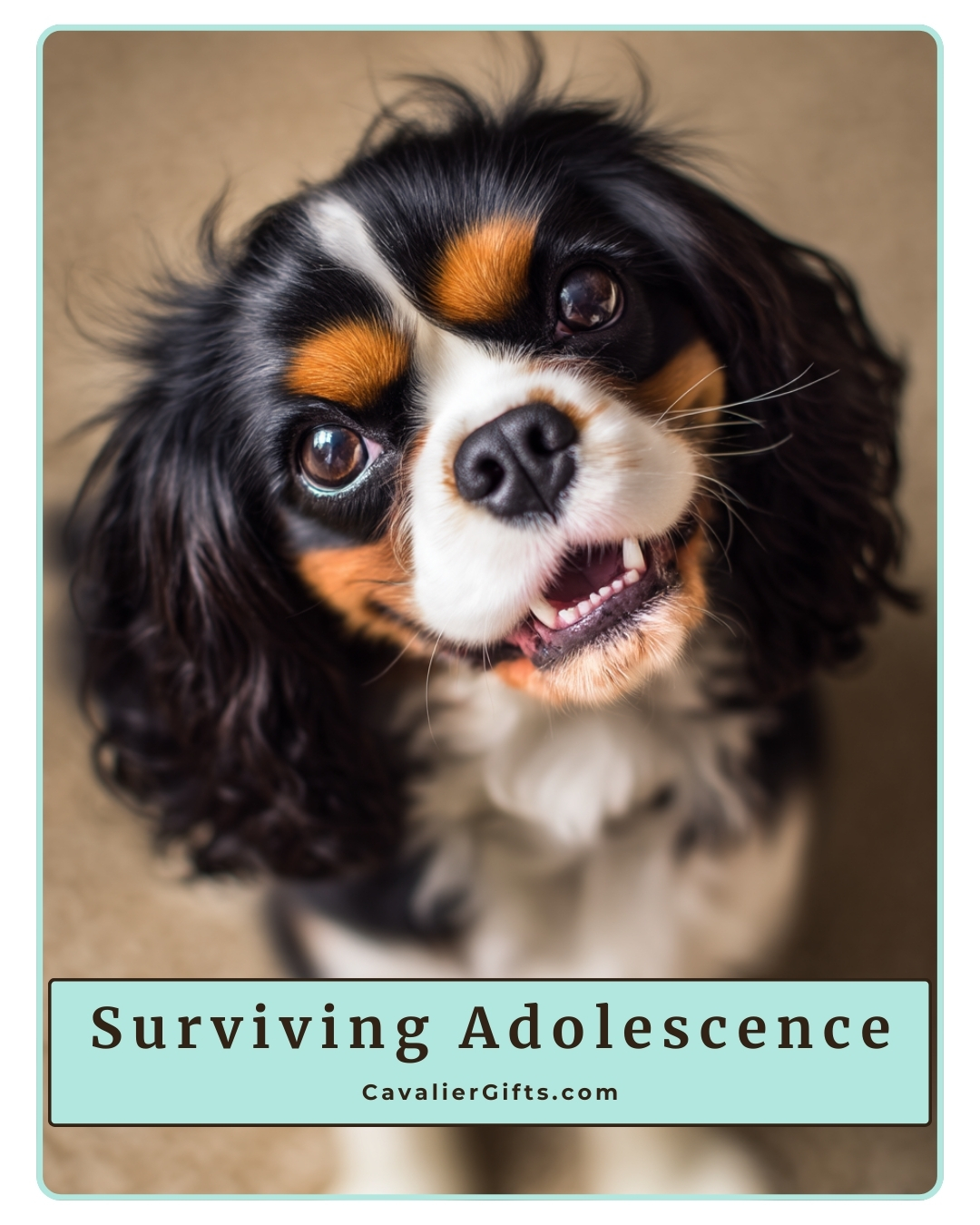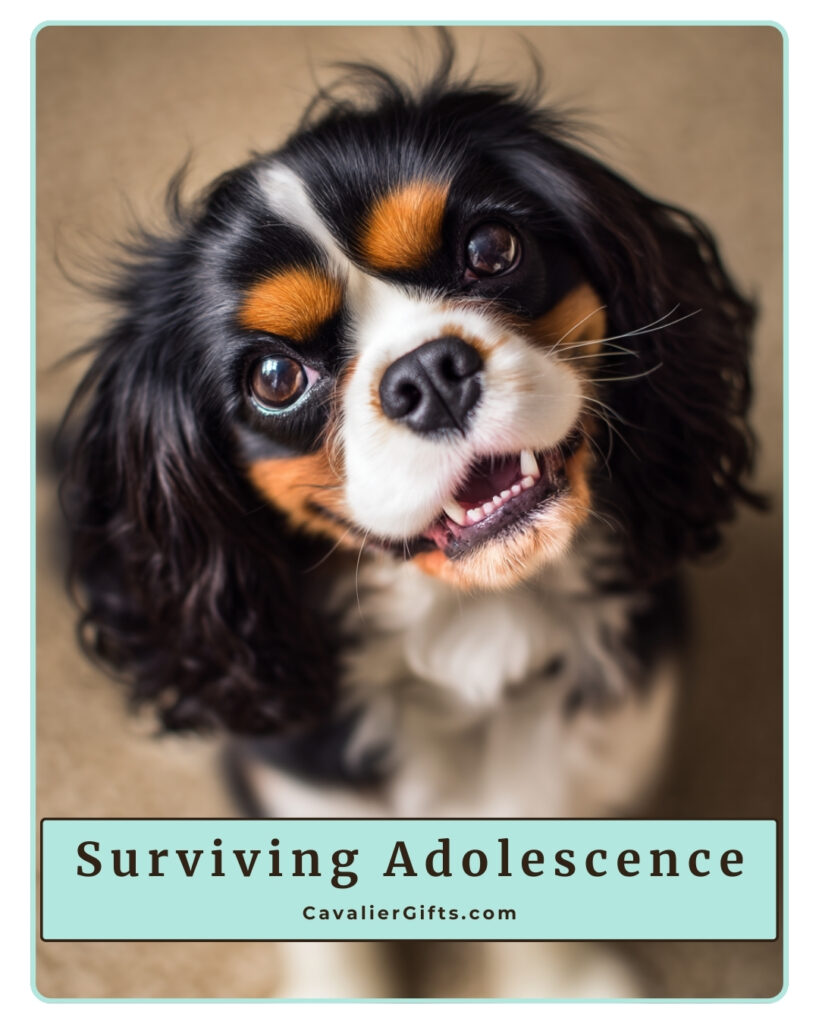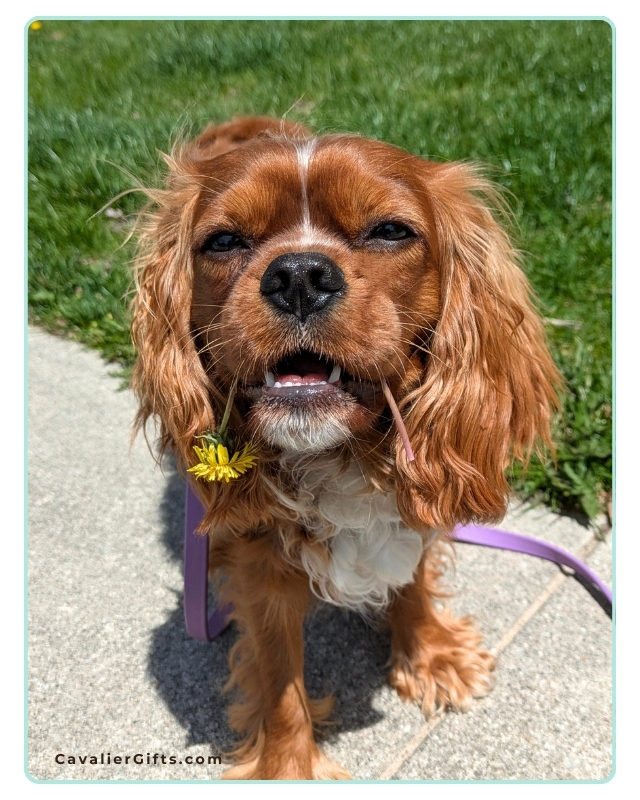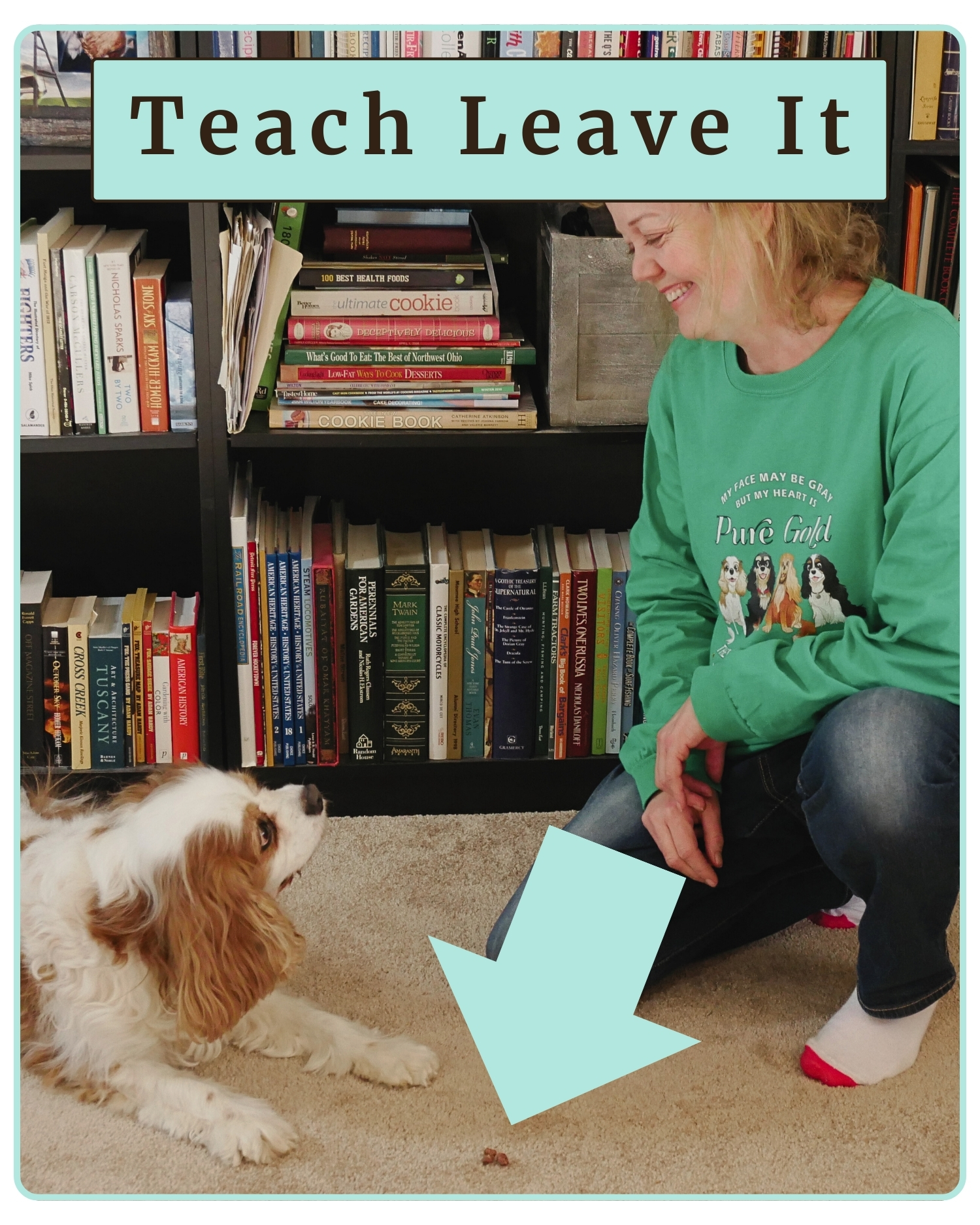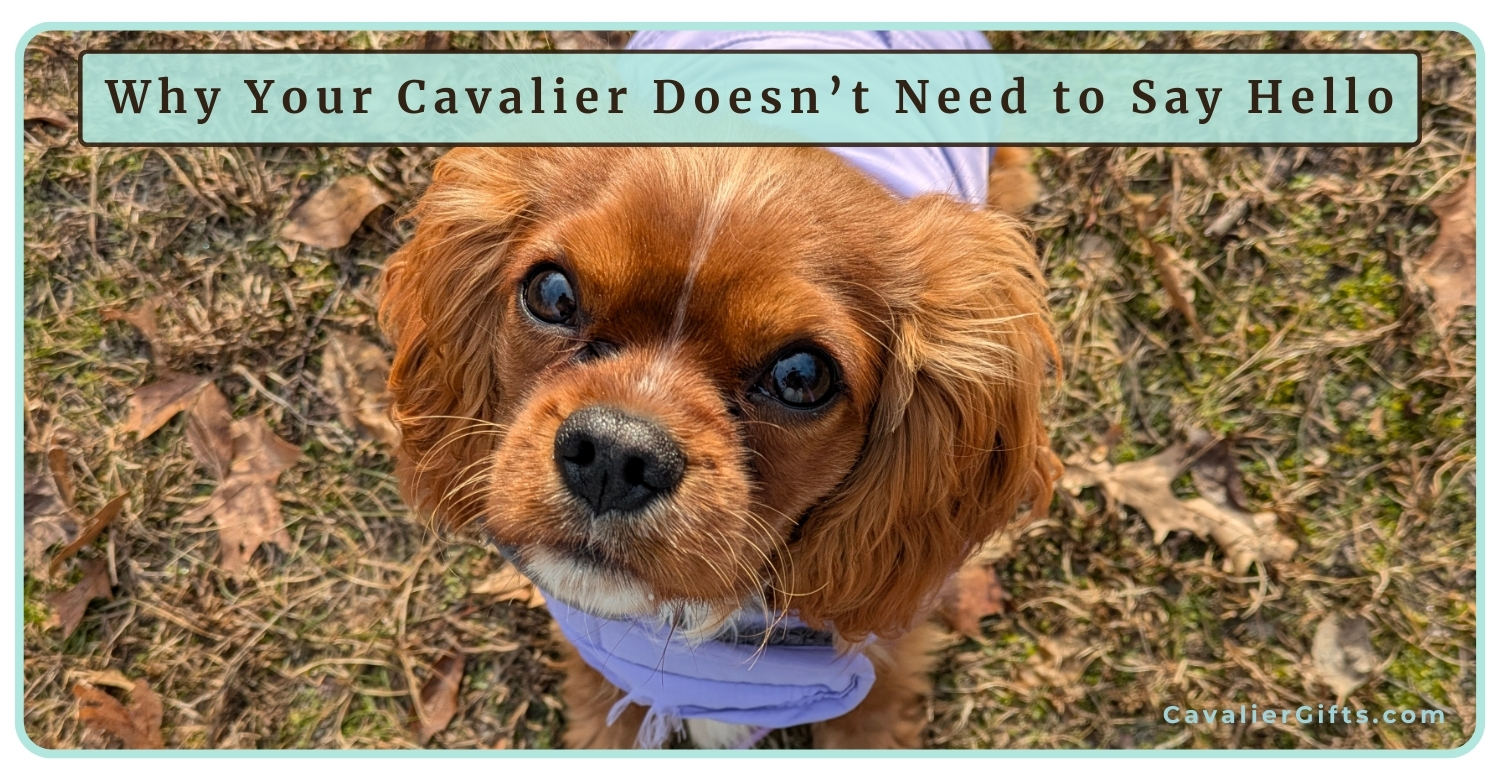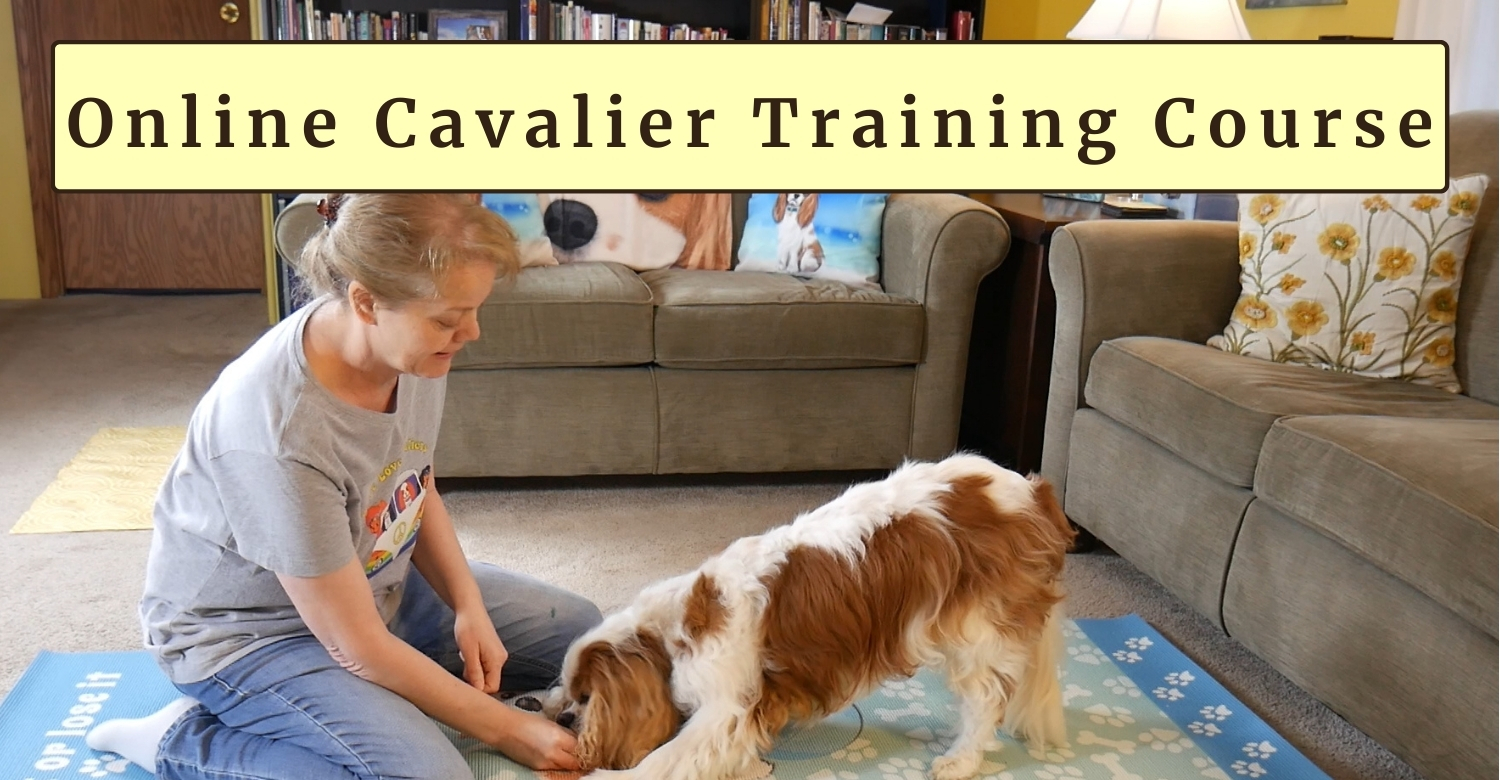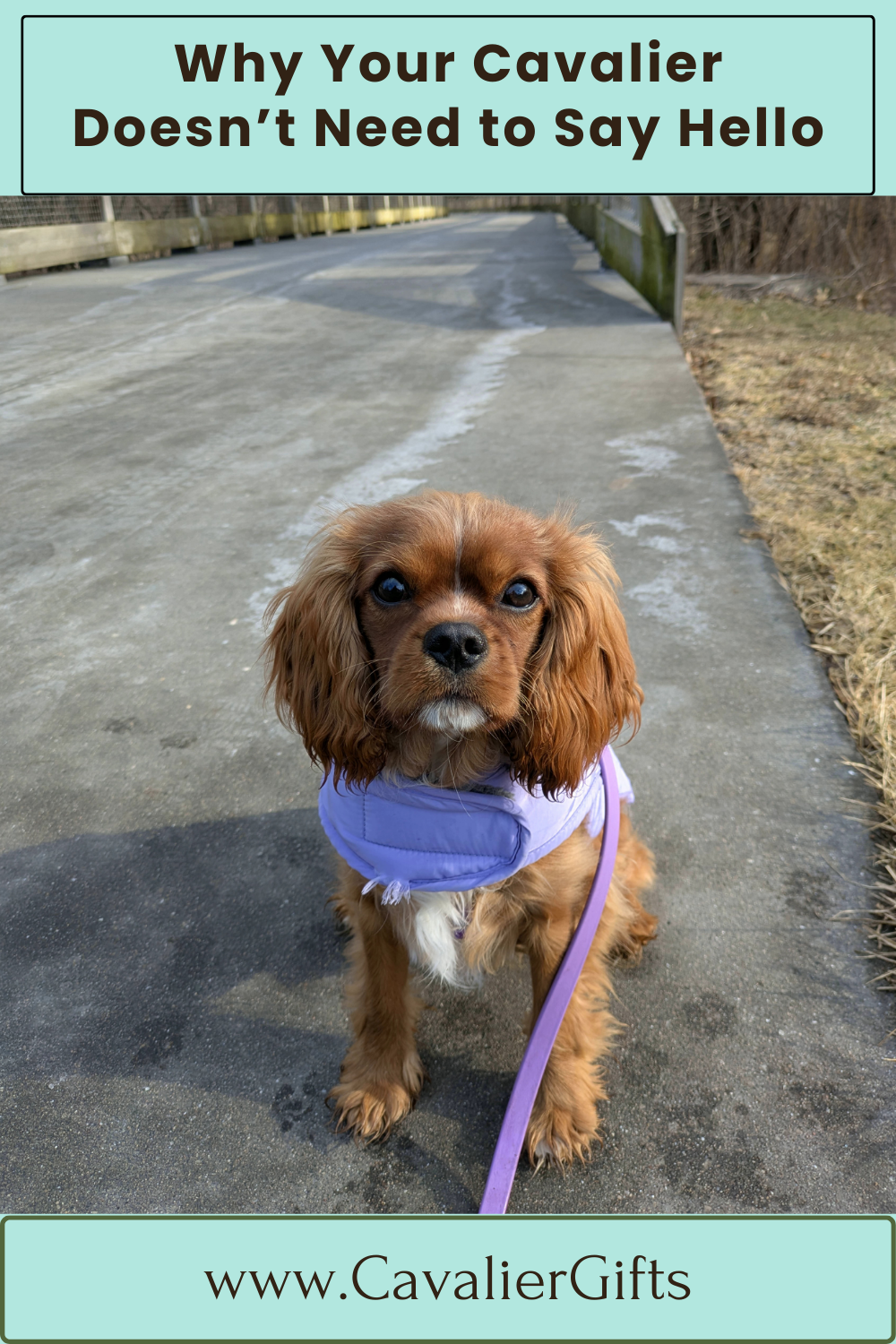Kind, Reward-Based Training for Cavalier King Charles Spaniels and All Breeds


When people hear the term positive reinforcement, they sometimes picture a dog who only listens if you have food in your hand. Or they think it means never setting boundaries. I’ve had people say things like, “I don’t want to spoil my dog,” or “I heard that’s just bribing with treats.” But the truth is, positive reinforcement training is science-based, relationship-focused, and one of the most effective ways to help dogs feel confident and understand how to live successfully in our human world.
And it’s not just for Cavaliers. This approach works for every breed, every age, and every behavior challenge.
Let’s break down positive reinforcement dog training in a simple and practical way.
What Positive Reinforcement Dog Training Really Means
Positive reinforcement means adding something your dog enjoys immediately after they do a behavior you want to see again. That reward could be healthy dog treats, a toy, praise, a chance to sniff, or access to something fun. It doesn’t have to be a treat every time, but food is often the easiest and most meaningful place to start. If it’s going to be rewarding for your Cavalier, they decide. I mean, my Mom might think a slice of cherry pie is a good reward, but I don’t even like cherry pie. I’d need a slice of chocolate cake!
This type of training is grounded in how all animals learn, including us. When a behavior is followed by a good outcome, we’re more likely to do it again. Your dog sits, you give them a treat. Your dog walks calmly by your side, you let them go sniff a log. That’s positive reinforcement. You’re not spoiling them. You’re reinforcing behavior you want to see more of, and they get something pleasant in return.
How Dogs Actually Learn
Dogs don’t come into our homes already knowing how to live in them. They don’t know what “sit” means. They don’t know they shouldn’t jump on guests or grab food off the counter. Just like us, they learn by doing, and by figuring out what works.
Dogs learn through repetition. They make connections between what they do and what happens next. If they sit and a treat shows up, they’re more likely to sit again next time. That’s positive reinforcement. We’re showing them that their choices matter and that doing the thing we like leads to something they like.
When we use positive reinforcement, we’re not just trying to get obedience. We’re helping our dogs understand how to live in our world in a way that feels safe and rewarding to them. They’re not learning because they’re afraid of getting it wrong. They’re learning because they feel good getting it right.
And that’s what builds real, long-lasting behavior.
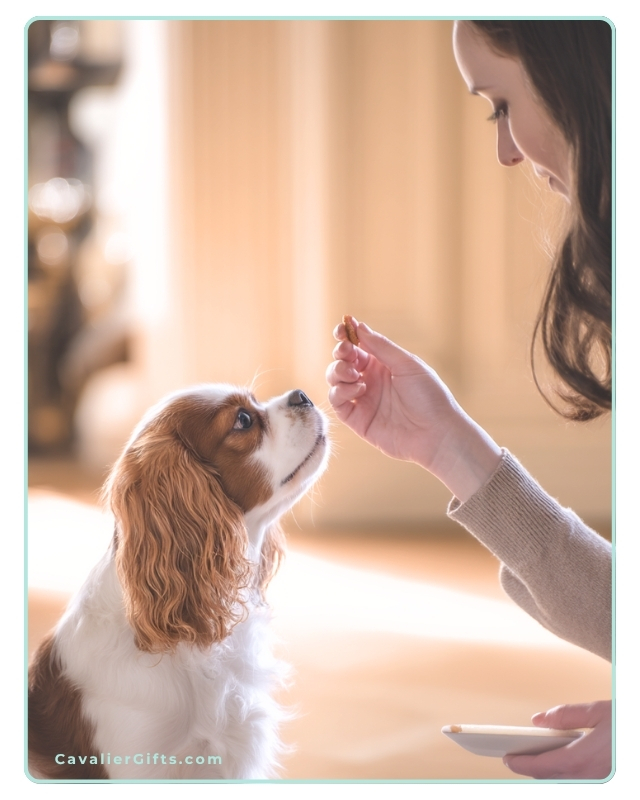

Luring Training Is Teaching—Not Bribing
At the start, we often use a food lure, like holding a treat near your dog’s nose to help them learn how to sit or lie down. We slowly move that treat in a way that encourages the action we want, like guiding their head up and back until their butt hits the ground.
That’s not bribing. It’s teaching. We’re showing them what we’re looking for.
After a few short sessions, we continue practicing the same way. Lure the sit. Reward the sit. Once the dog is starting to understand it, we ask them to follow our empty hand the same way. If they sit, we reward. Now they’re doing the behavior without seeing food first.
Once that’s going smoothly, we add the cue. Say “Sit,” move your empty hand like before, and when their butt hits the ground, reward it.
Over time, we fade the hand movement so that “Sit” becomes all they need to hear. The behavior is now on cue, and your dog learned it in a clear, kind, and effective way.
Dogs Don’t Generalize—They Need Practice in New Places
One of the biggest things people miss is that just because your dog knows how to sit in the living room doesn’t mean they know how to do it in the yard, at the vet’s office, or around a group of children. Dogs need practice in new environments. They need help when distractions are high or when they’re feeling unsure.
That might mean going back to the basics in new places. Using a treat to lure a sit at the park isn’t spoiling your dog. It’s helping them succeed in that moment. You’re helping them learn how to do something they already know, but in a place that’s harder or more distracting.


Why Positive Reinforcement Works for Cavalier King Charles Spaniels and All Breeds of Dogs
Cavaliers are sweet, sensitive, and deeply tuned in to their people. They often respond beautifully to kind guidance and struggle with harsh corrections. A raised voice, leash jerk, or even a stern look can shake their confidence and cause them to shut down.
But this isn’t just about Cavaliers.
Every dog, whether they are a bouncy Labrador, a headstrong terrier, a fearful rescue, or a playful senior, benefits from positive reinforcement dog training. You’re not just teaching skills. You’re building a good relationship. You’re helping your dog feel safe to try new things.
Positive dog training encourages curiosity instead of fear. It helps build lasting behavior in a way that feels good for both you and your dog.
The Risk of Punishment-Based Dog Training
Harsh training methods may seem like they work quickly, but they come with a huge cost. Dogs trained with physical corrections, yelling, or intimidation often show signs of stress, like lip licking, yawning, cowering, or even shutting down completely. They may stop doing the “bad” behavior, but not because they learned something better. They stop because they’re afraid to try.
Studies have shown that punishment-based dog training methods can increase anxiety and reactivity, and even lead to aggressive behavior in some dogs. It doesn’t teach what to do, it just teaches the dog what not to do, without giving them tools to succeed.
I’ve worked with so many families trying to rebuild trust after their dog was trained with punishment. That kind of fallout is hard to undo.
You Don’t Have to Carry Treats Forever
A common concern I hear is, “Will I always need food in my pocket?” The answer is no. As your dog becomes more confident and fluent in a behavior, you’ll reward less often. You’ll also start to mix in other rewards, like praise, sniffy walks, or play.
But here’s the thing, dogs, like us, still appreciate being recognized for a job well done. I still praised Dexter and gave him treats into his senior years. Not because I had to. But because I wanted to reinforce the connection we built over a lifetime of learning together.
You’re not creating a treat-dependent dog. You’re building a dog who trusts that good choices lead to good outcomes.
If you want to teach your dog real life manners in a kind, clear, and effective way, take a look at my Manners, Life Skills, and Foundation Training Course. It’s self paced, easy to follow, and designed to help your dog build everyday skills with confidence. You’ll learn how to prevent common problems before they start, teach polite behavior step by step, and create calm, positive routines that work in daily life. I personally answer questions, give feedback, and support you as you go through the course.
Why Positive Dog Training Works for Behavior Issues Too
Positive reinforcement is not just for basic training or fun dog tricks. It’s also one of the best ways to work through real behavior issues like jumping, barking, reactivity, anxiety, and fear-based behaviors.
A big part of dog behavior modification is emotion. When a dog is barking or lunging, they’re not just being “bad.” They’re usually feeling overwhelmed, scared, frustrated, or unsure. If we only try to stop the behavior without addressing how the dog feels, we’re not really helping them.
Positive reinforcement gives us a way to change those emotions. We teach our dogs that good things happen when they make calm, safe choices. Over time, they start to feel more relaxed in situations that used to be stressful. That change from fear to comfort, from confusion to understanding, is what creates real, lasting change.
Instead of just trying to stop the behavior, we ask, “What is my dog feeling?” Then, “How would I like them to feel instead?” and “What do I want them to do instead?” From there, we adjust the situation so we can meet all those needs and teach the new behavior in a kind, clear way. The more your dog practices that skill in the right setting, the more confident they become. And that’s where things really start to turn around.
What Your Dog Really Needs From You
At the heart of it all, positive reinforcement dog training is about more than treats. It’s about empathy. It’s about understanding how your dog sees the world and helping them learn in a way that clicks.
It’s about setting them up for success and guiding them toward the behaviors you want. Not through fear, but through trust, patience, and connection.
That’s what I want for Stewart. That’s what I wanted for Angel Dexter. And that’s what I want every dog to have, training that feels good, makes sense, and builds a life rooted in partnership, not power.
Keep it positive. Keep it patient. Keep it proactive.


|
|
    
|
    
|
Google Ad Below

